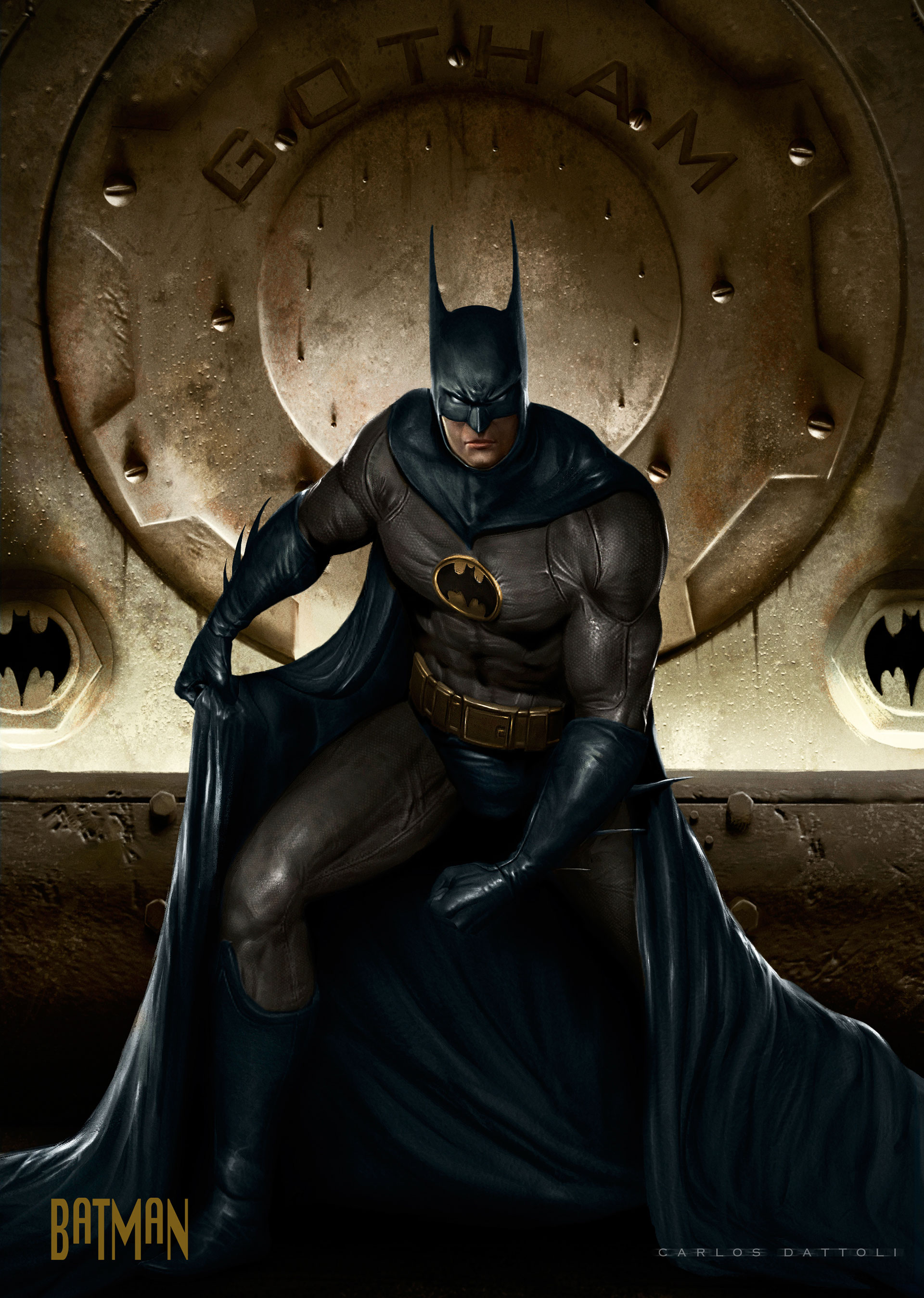
One of the most iconic and lasting crusaders in history, Batman stands out for his impressive abilities and role complexity. The character was created by Mr. Bob Kane & Mr. Bill Finger in Detective Comics #27 (1930s). The character has grown to become a global cultural icon. It has inspired countless comics, TV series, and films.
This blog will explore everything about Batman. So, if you are a Batman fan, then hold your breath.
While the majority of the superhero characters enshrine supernatural powers, Batman differs in this respect because of his lack of powers. Bruce Wayne is Batman. He was also a very wealthy philanthropist, and he was the owner of Wayne Enterprises. Since childhood, Bruce was a fatherless child and his mother passed on too. Thomas and Martha were killed. This story influenced Bruce’s life and motivated him to become a fearless crime fighter and safeguard the people of Gotham City. Bruce, after years of rigorous physical and mental training, takes up the persona of Batman after a childhood phobia of the creatures. He takes on the role of the masked superhero who combats criminals and evil in the city of Gotham. He uses his riches, powerful mind, and the body to fight against these supervillains.
The idea of dual individuality is important in Batman’s story. Bruce is a rich playboy. He had a carefree public image. But beneath the surface, he is deeply tormented by the loss of his parents and driven by a single-minded purpose: to protect Gotham City from the criminal element. Batman represents Bruce’s darker side, where he channels his rage, grief, and sense of justice. The duality of Batman & Mr. Wayne is a key reason for his fame. While many superheroes juggle their personal and heroic lives, few do so as poignantly or symbolically as Batman. His fight against crime is personal, and it often comes at the cost of his happiness and well-being.
People first met him during the golden era of comics. His early stories were realistic and had a theme that was more like what was probably expected at the time. Such early comics depicted crime at street level & the threats posed by what was referred to as the Gotham Town. The character of Batman was first portrayed as a dark avenger. He defeated criminals in his fight against evil. In this period, the Batman origin story was set, along with the character’s connection with Gotham City and the addition of his sidekick, Robin.
With the comics industry evolving the stories from Batman took a more comical tone inspired by newly created science fiction and the changing population taste of the American society in the 1950s and 1960s. This was the time for an issue featuring Batman with aliens, in unusual circumstances, and Batman in different costumes. The move to an increasingly family-friendly atmosphere came to a very public crescendo in the 1966 Batman television show, starring Adam West. The 1960s TV show remained very popular today but it was far from the black and white serious comics that inspired it.
This age helped to resume the darker shade of Batman. More on this later but for now let's look at how Denny O’Neil and Neal Adams attempted to re-establish the determination of his character. The narratives back to the pol accusations of the street, psychological ascend as well as personal. Superman also developed into a deeper dimension of his character, being an icon of goodwill, he had his issues to fight within him as well as the cruelties in the metropolitan city of Gotham. Judging by the advancements made during the Bronze Age, it is possible to argue that the key new character, Ra’s al Ghul, and the League of Assassins have become iconic in Batman’s enemies’ gallery.
In the 1980’s Batman was reimagined yet another time but this time it had a darker and much more complex approach. Although Batman was always popular, Frank Miller’s 1986 graphic novel The Dark Knight Returns marked a shift in the character, an almost old man resumed the crime-fighting when he wanted to. It also rewrote the character that was Batman, similar to how it revolutionized the world of comic book narratives. Shortly after, Batman: Year One, penned by Frank Miller also presented a new, and more realistic perspective on Batman’s early years.
Batman’s worst and most popular enemy is The Joker. Joker was a personification of chaos & randomness. The dynamic between Batman and the Joker is usually as black and white as it gets with the latter always harassing the former in one or the other way.
Catwoman is another of Batman’s enemies; her real name is Selina Kyle. Her relationship with Batman is complex – she is the foe and she is the friend. Of course, Catwoman is the known master thief with great agility, intelligence, and quite the flirty playfulness with Batman. Cartoon characters usually take black-and-white views between good and bad but Catwoman and other similar characters make the boundaries between them ambiguous, making Catwoman one of Batman’s most cherished characters.
He was the District Attorney of their city. Also, a friend of Batman. However, after a horrific accident that disfigured half of his face, Harvey developed a split personality and adopted the moniker Two-Face. His obsession with duality and chance makes him one of Batman’s most tragic villains.
The League of Assassins’ leader is Ra’s al Ghul. He considers himself a visionary trying to alter the world for the better. Ra has a lot of regard for Batman and even looks at him as a possible successor – which puts them on interesting footing. He has even more becoming an enemy due to his immortality gifted by the Lazarus Pit.

